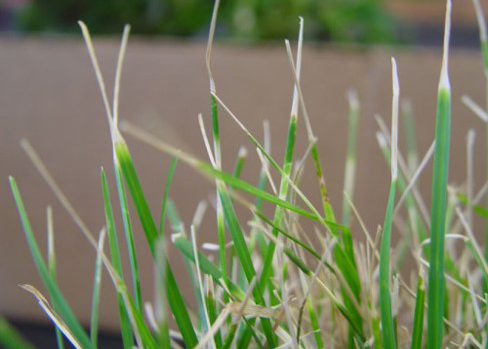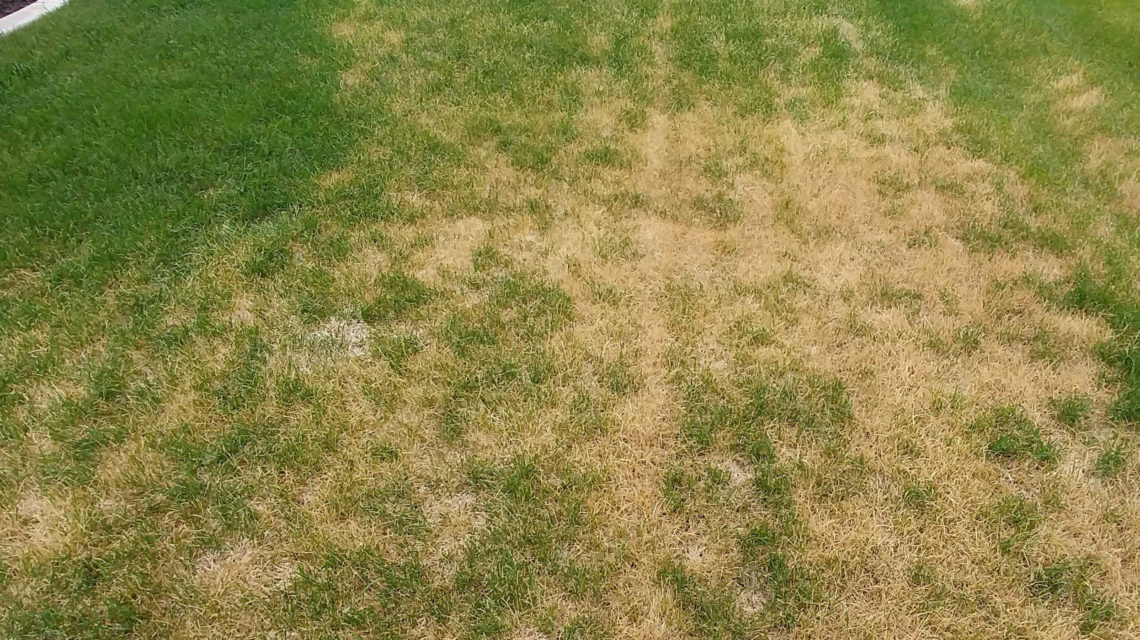

Turfgrass usually recovers completely after a couple of weeks. On the other hand, excessive irrigation and poorly drained soils can also promote disease development.Īscochyta leaf blight is primarily a leaf disease and not a root or crown disease, so it rarely causes plant mortality.

Check the irrigation system to make sure that all irrigation heads are working properly and that water is being distributed uniformly to avoid drought stress. Too much nitrogen promotes rapid, succulent leaf growth that requires more frequent mowing and causes more wounding of the turfgrass. Avoid excessive applications of nitrogen fertilizer, especially in the spring. Numerous Ascochyta spores erupting from pycnidia (bottom) Thoroughly mulching rather collecting or discharging clippings is advised.įigure 3. The fungus may be spread from one location to another on grass clippings, but this presumably contributes little to spread compared to the mower itself. Reduce mowing frequency and increase mowing height during Ascochyta leaf blight outbreaks. This reduces water infiltration, increases leaf wetness duration and results in increased disease occurrence. Ruts caused by mower weight in wet conditions compact soil. Avoid mowing during wet weather, especially when Ascochyta spp. Minimize wounding of the leaf blades by maintaining sharp mower blades. Maintain height of cut at 3 inches or higher. Reduce thatch and promote water infiltration through the soil with regular core cultivation. Frequent mowing and dull mower blades contribute to disease severity by creating more wounds that serve as infection sites.Īscochyta leaf blight can be managed by using good cultural practices that minimize turfgrass stress. However, the disease may also develop during periods of warmer weather preceded by unusually wet soil conditions induced by excessive rain or overirrigation. The disease can occur in late spring or summer on drought-stressed turf resulting from water restrictions or poor irrigation system coverage. Thousands of conidia ooze from a single pycnidium during wet weather and are dispersed by splashing rain, irrigation, mowing or other management activities.Ĭonditions that favor Ascochyta blight development are poorly understood. The pycnidia are highly resistant to breakdown by drought or extreme temperatures. survive as conidia in pycnidia on dead leaves or clippings remaining in the thatch. Areas that don’t drain well also result in increased Ascochyta.Īscochyta spp. can be found on senescing or dead leaves of several turfgrass species however, the disease appears to be most serious on Kentucky bluegrass.įigure 2. Because of this and the sporadic occurrence of the disease, fungicide applications are usually not recommended.Īscochyta spp. Over the next few weeks, consider a slow release nitrogen fertilizer application of not more than 0.5 lb N/1000 sq ft.Īscochyta blight is solely a foliar disease and the turfgrass should recover in a few weeks. Also make sure the mower blades are sharp, the turfgrass is mowed to the appropriate height (3 – 3.5” or higher), and is mowed frequently enough to avoid scalping.

To reduce spread, do not mow turfgrass when wet or immediately after an excessive rainfall event. Current rainfall events are providing a prime environment for this disease.

If the lawn is irrigated, Ascochyta can be a sign of too much irrigation. Outbreaks are closely tied to high rainfall or irrigation events in mid to late spring, and drainage patterns. Ascochyta blight damage occurs more heavily in mower tracks.Īscochyta blight is a sporadic disease that can infect Kentucky bluegrass, tall fescue and perennial ryegrass.


 0 kommentar(er)
0 kommentar(er)
